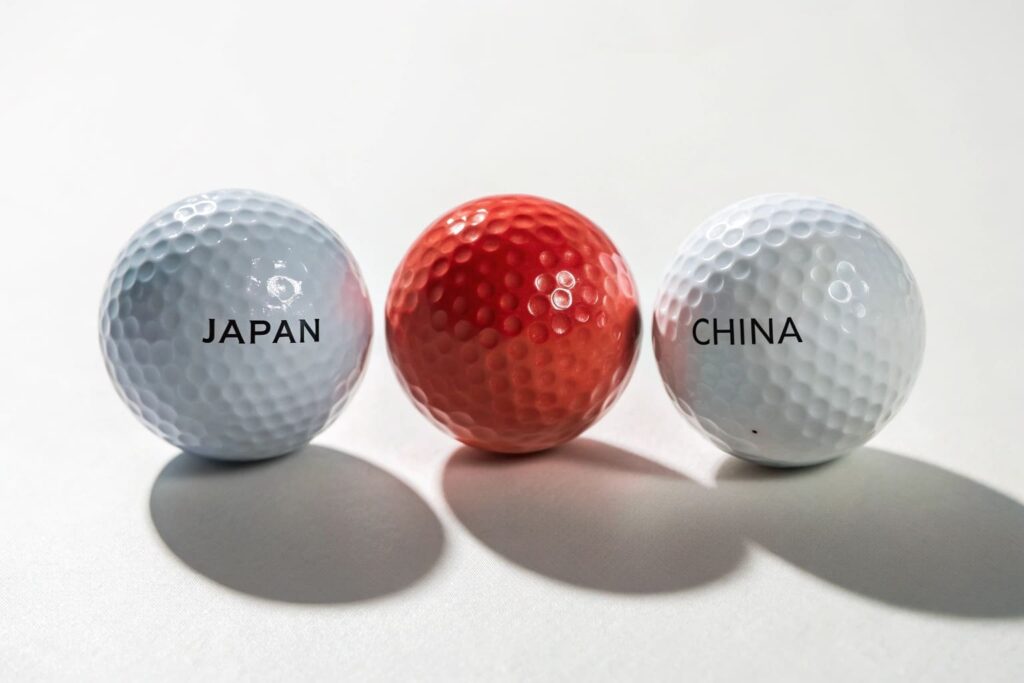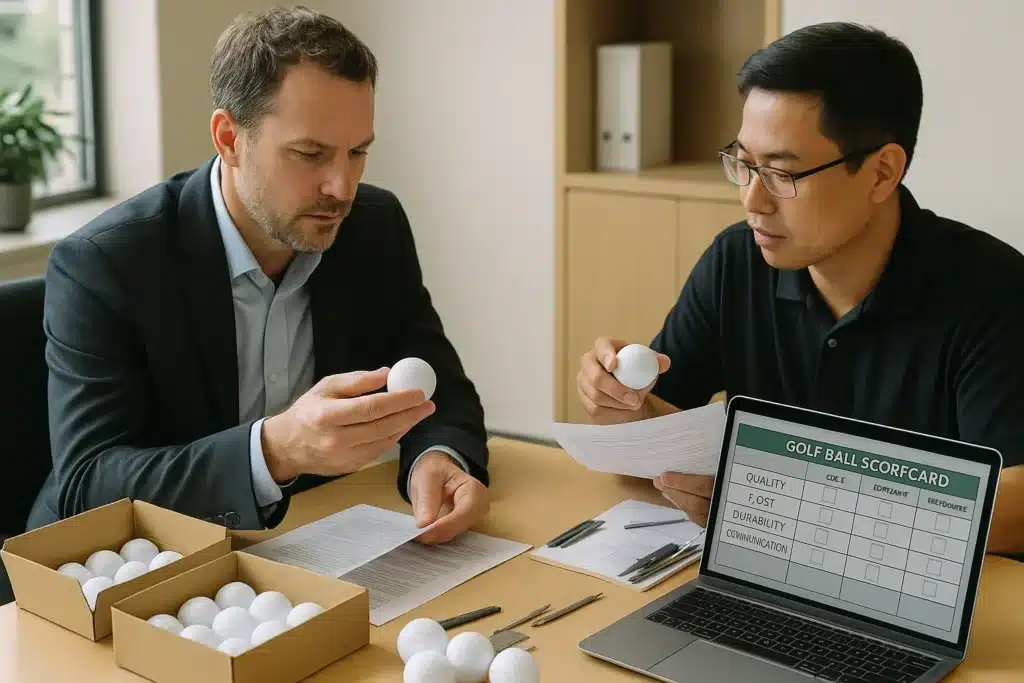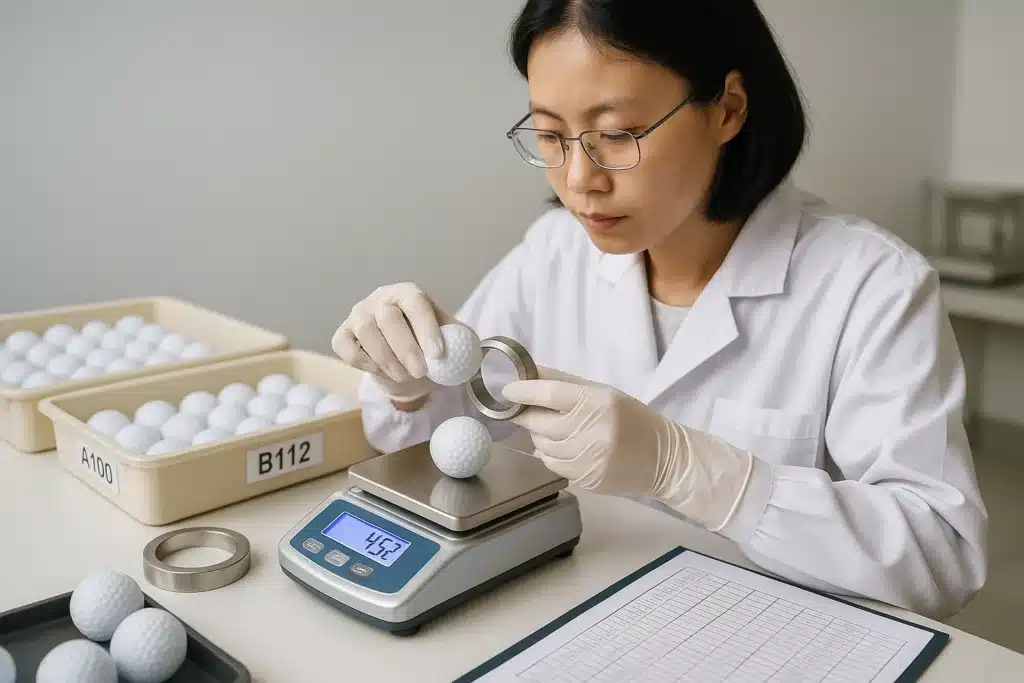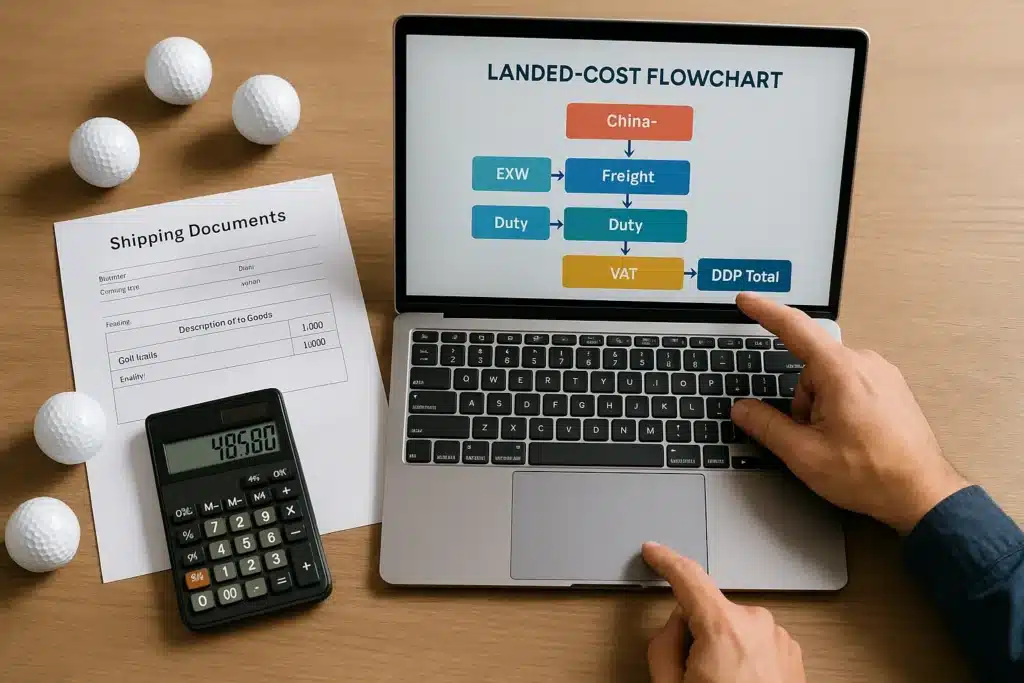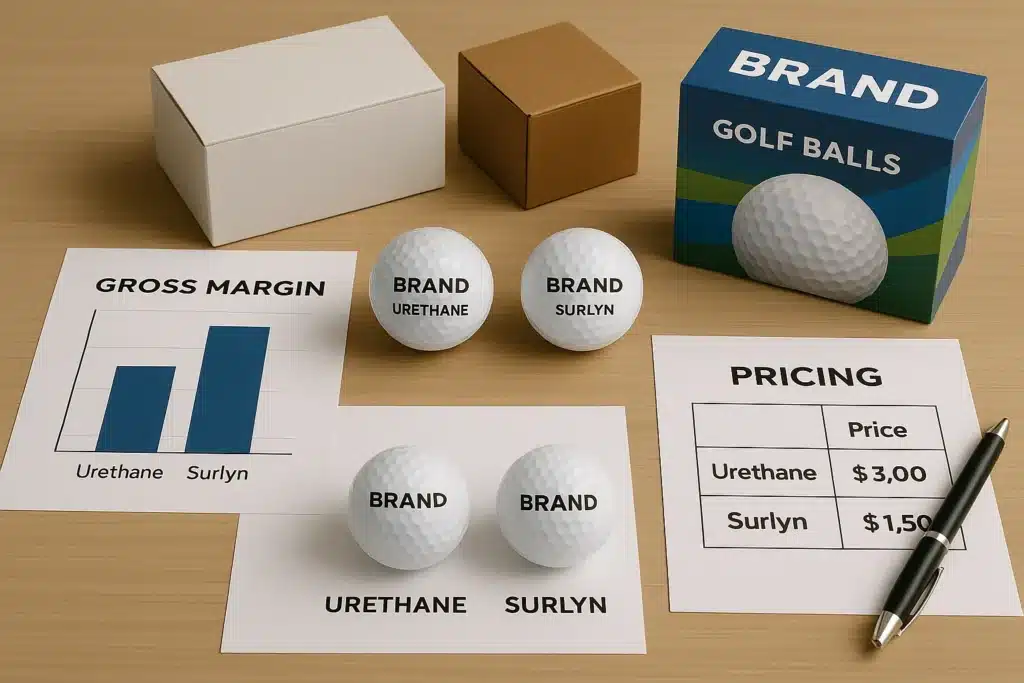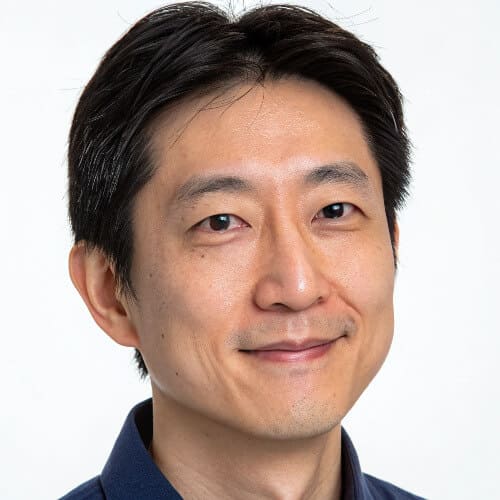China offers high-volume, low-MOQ OEM golf balls at low cost, ideal for large-scale promotions and general golf courses. Japan focuses on high-end urethane balls with precision and stable export but higher price, suited for professional players and premium tournaments.
Choosing between Japan and China for golf ball manufacturing can mean a 30–50% cost difference, different quality tiers, and varied trade risks. This guide breaks down materials, MOQ, customization, and logistics so you can align sourcing with your market strategy.
Why compare Japan vs China golf ball manufacturing?
Japan excels in premium tour-grade urethane balls; China offers faster, cheaper, and more customizable OEM production.
When selecting a golf ball supplier, understanding the origin’s production focus is critical. Japan is known for precision, consistency, and urethane-based high-end balls. China dominates in scalable OEM manufacturing with a wider range of price tiers, from budget-friendly 2-piece balls to mid-range urethane models.
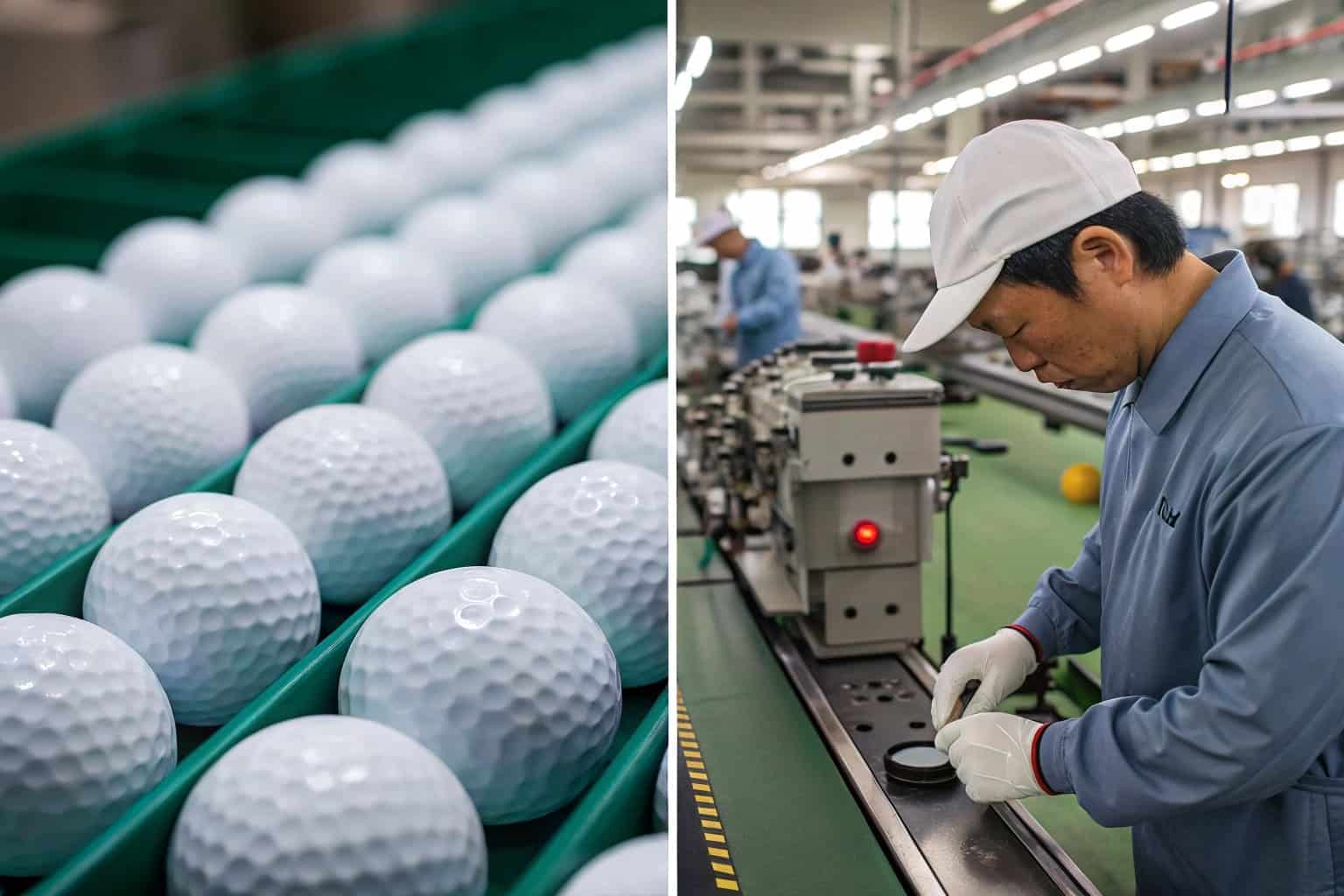
✅ Not all high-end balls are from Japan · True
China also produces urethane 3-piece balls for brands seeking cost-effective alternatives to Japanese sourcing.
Japan golf balls: High precision, low volume
Japan prioritizes technical consistency over production scale. Brands like Srixon and Bridgestone focus on tour-grade urethane models with controlled spin rates and core stability. Output per month is limited to ensure tighter QA.
China golf balls: Cost-efficient with mass capacity
China supports massive scale and diverse customization. Factories in Guangdong and Fujian regularly produce 0.5–1.5 million balls monthly, offering Surlyn or TPU covers for various buyer segments.
When is the comparison critical for B2B sourcing?
Sourcing goal determines origin fit. Promo buyers prioritize price and volume, while private-label brands may balance cost and mid-tier performance. Japanese lines suit tour-level demand.
Misconception: Japan always better than China
Not always. Performance differences depend more on design, material, and layer tech than factory location.
What materials and layers dominate in each country?
Japan favors urethane 3+ piece balls; China leads in Surlyn 2-piece OEMs.
Material choice affects both performance and price. Japanese manufacturers favor multilayered urethane designs offering soft feel and spin control. China dominates in durable, low-cost Surlyn designs ideal for casual play and bulk orders.
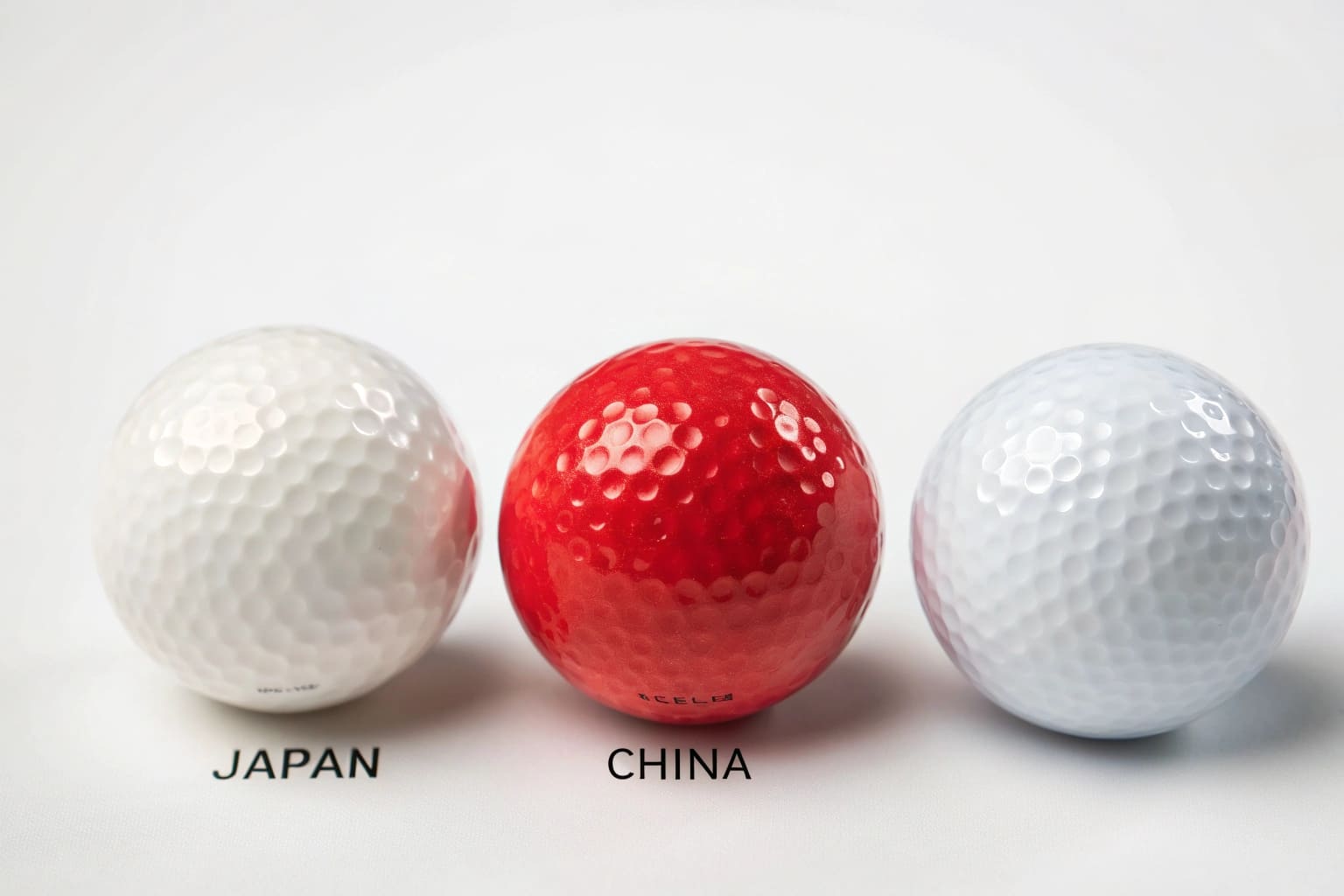
Japan: Urethane covers and tour-grade cores
High-end brands insist on cast urethane and dual-core tech. These materials maximize greenside control and carry distance but raise costs.
China: Surlyn shells and custom-grade cores
Surlyn delivers durability and low-cost advantage. Most 2-piece models made in China use ionomer blends for long lifespan and straight flight.
Layer trends: 2 vs 3-piece in Japan vs China
Japan typically offers 3+ layers; China ranges from 1 to 4 layers. Chinese factories can replicate 3-piece builds, but Japan leads in control refinement.
Material sourcing and IP concerns
Japan holds more patents in core layering; China more flexible in replication. OEM buyers must verify IP safety, especially when rebranding.
How does production scale and MOQ differ?
China supports low MOQ and fast response; Japan offers high consistency, low volume.
China excels in MOQ flexibility—ideal for pilot runs or promotional batches. Japan maintains high entry thresholds but offers extremely low variance across batches.

MOQ: China starts from 1,000; Japan ≥50,000
Chinese factories accept small-volume OEMs. Entry MOQ often starts at 5,000–10,000 balls. Japanese suppliers prefer 50,000+ to justify tooling.
Lead time: China 15–45d vs Japan 60–90d
China delivers faster thanks to agile labor and local sourcing. Japan’s slower cycle ensures tight quality benchmarks.
Customization options: Packaging, logo, color
China leads in surface and packaging customization. Buyers can request glow-in-the-dark, multi-color dimples, or shaped branding.
Capacity per month: China 0.5–1.5M+, Japan 50K–150K
Chinese plants operate with high automation and batch agility. Japan prioritizes quality-over-quantity, especially for high-spin models.
What are the trade risks and logistics factors?
China faces tariffs and policy shifts; Japan exports more stably but at higher freight cost.
Supply stability and trade cost matter in long-term sourcing. Buyers shipping to the US or EU must consider ongoing trade policies and tariff risks.
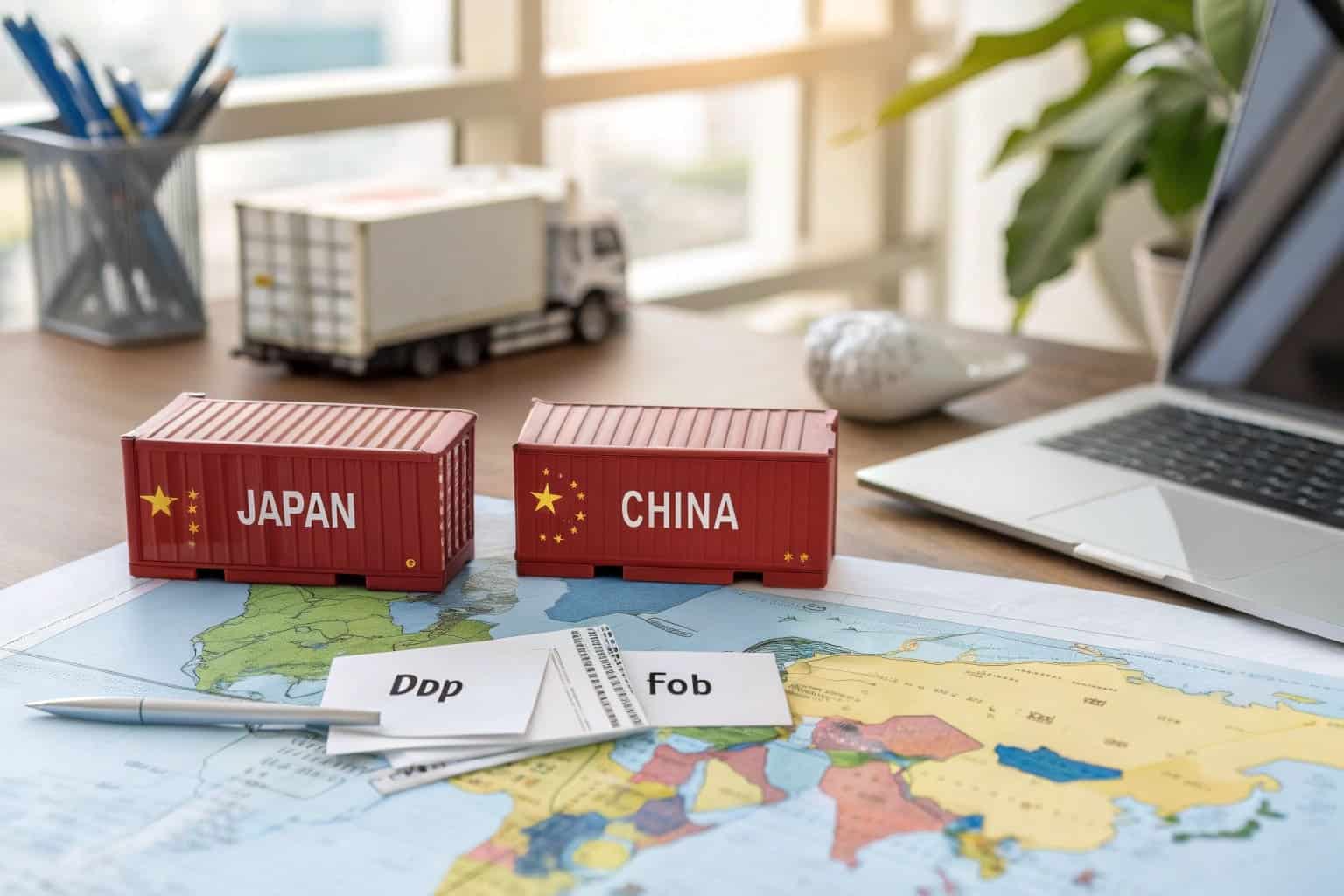
Tariffs: US-China risk vs Japan stability
China-origin golf balls may face 10–25% duties in some markets. Japan enjoys trade treaties and stable MFN status in most economies.
DDP/FOB support: China advantage
Most Chinese suppliers offer full Incoterm options (EXW, FOB, DDP). Japan prefers FOB or CIF, limiting flexibility.
Export timelines and customs ease
China typically offers faster clearance via integrated forwarders. Japan requires more documentation and port lead time.
Trade war impacts and sourcing shifts
Some brands now dual-source to mitigate China risk. Vietnam and Taiwan emerge as backups, though Japan remains a high-trust option.
How do business cultures affect B2B collaboration?
Japan emphasizes trust and hierarchy; China prioritizes speed and adaptability.
Sourcing isn’t just about specs—it’s about how partnerships are managed. Knowing each country’s negotiation style avoids misunderstandings.
Japan’s ringi model: Multi-layer consensus
Decisions pass through structured approvals. Japanese suppliers require formal documentation and long lead-time for changes.
China’s fast-track approach: Quick sampling
Chinese sales teams enable rapid prototyping. Buyers can confirm samples within 10–14 days and enter mass prod quickly.
Communication: Formal vs informal styles
Japan favors in-person, formal email exchanges. Chinese vendors often use WhatsApp or WeChat for real-time updates.
Buyer role clarity: Account vs technician contacts
Japan assigns technical liaisons; China offers cross-role flexibility. For OEM dev, this can affect response time and iteration speed.
When should you choose Japan over China?
Choose Japan for premium consistency; China for cost-driven or high-quantity custom orders.
Different buyers have different needs. The right source matches your market positioning.
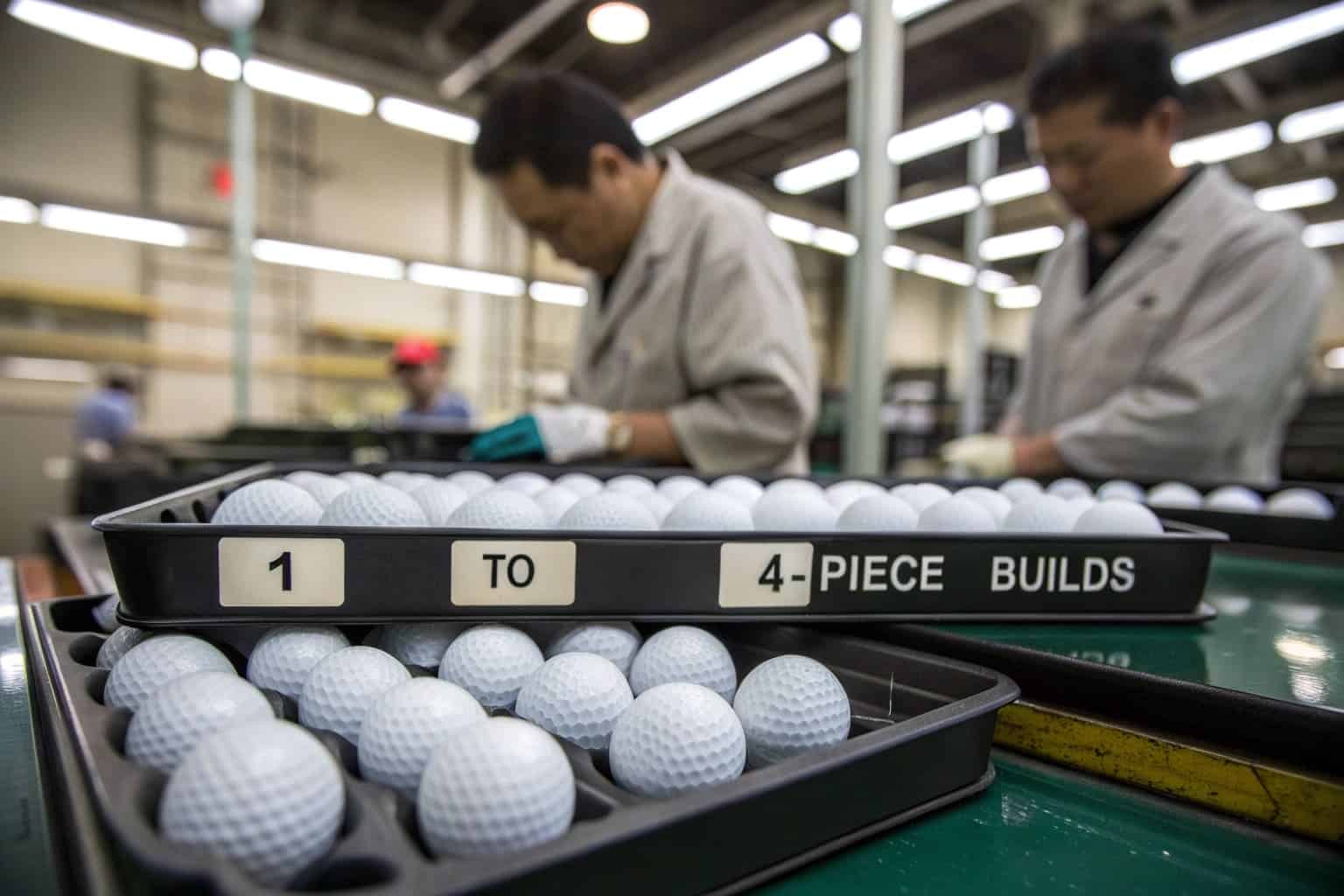
Use case: Pro-level tour balls
For tight spin control, Japan excels. If your product targets skilled golfers or tours, Japan’s urethane builds deliver.
Use case: Promo or volume-based programs
China suits cost-sensitive or bulk-custom needs. Examples include charity events, corporate giveaways, or online bundle packs.
Hybrid sourcing strategy
Some brands source core in Japan, customize in China. This balances quality and margin goals.
Key decision checklist (cost vs control)
Match sourcing with goals.
- Need speed → China
- Need repeat precision → Japan
- Need MOQ <20K → China
- Need long-term brand prestige → Japan
Buyer Comparison Table
| Factor | Japan | China |
|---|---|---|
| Target Segment | Tour-grade, premium | Mass market, promo, mid-tier OEM |
| MOQ | 50K+ | 1K–10K |
| Lead Time | 60–90 days | 15–45 days |
| Customization | Limited, high-quality finishes | Wide range, creative options |
| Trade Risk | Low, stable treaties | Tariff exposure in some markets |
| Warranty & QC | Long-term, tight QA | Batch QA, limited after-sale |
| Eco Certifications | REACH, RoHS easier compliance | Available on request only |
Key Takeaway
Japan vs China golf ball manufacturing depends on your sourcing goal: Japan wins in consistent tour-grade quality; China excels in cost, flexibility, and customization. Match your target market—pro or promo—to pick the right supply base.
FAQs
What is the MOQ difference between Japan and China for golf ball OEM?
China supports lower MOQs around 1K–10K balls, ideal for small brands. Japan typically requires 50K+ to start production due to higher setup precision.
Which country is better for tour-grade urethane golf balls?
Japan is preferred for tour-level urethane balls, offering better consistency and tighter spin control. China can replicate performance but with more variance.
How do trade risks compare between China and Japan?
China faces more tariff exposure and customs policy shifts. Japan benefits from stable trade treaties, especially for exports to the US and EU.
Can I get eco-certified golf balls from China or Japan?
Japan factories more readily comply with REACH/RoHS standards. Chinese factories can meet them too, but you must specify it in the contract upfront.
You Might Also Like
Looking for next steps? This guide dives deeper into your options.

